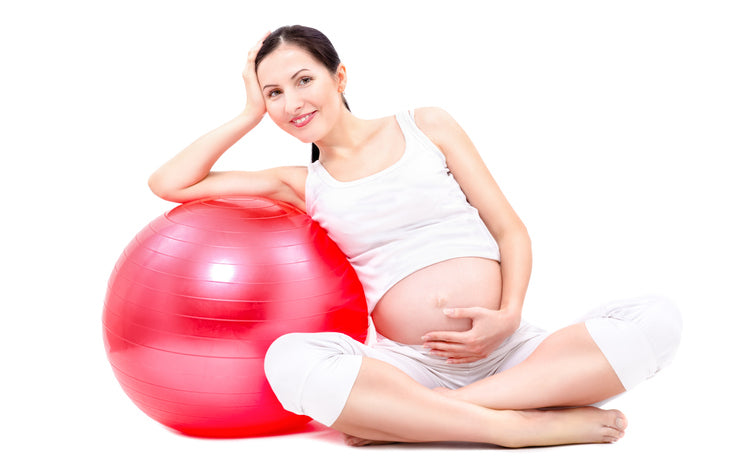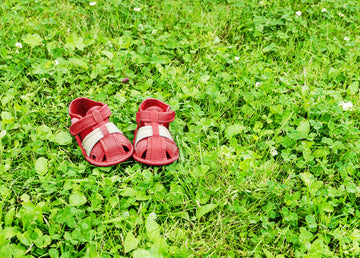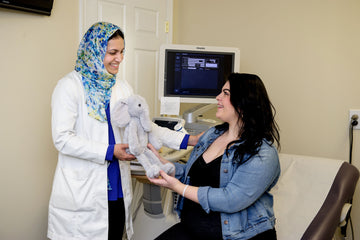Benefits of a Birthing Ball During Pregnancy and Labor

It’s time that we give the birthing ball a little credit. The same exercise ball that you see at the gym can help with pregnancy pains, your baby’s positioning in the womb, contraction pain, and your birth. It may be one of your most prized possessions by the time your pregnancy is over.
You do not need to purchase a ball that is specifically labeled for pregnancy and birth. The one labeled “Exercise Ball” is exactly what you need (and easy to find).

Why do you need a birthing ball?
One of the main advantages of using a birthing ball in pregnancy is that you don’t have to do anything requiring much effort. You can simply sit and move your hips around on the ball; it exercises your pelvic muscles, increases mobility, and helps to naturally develop good posture. That gentle rolling motion tones your internal and external pelvic muscles.
Owning a ball gives you the ability to take an active roll in your pregnancy and labor. Knowing that you can help alleviate pains and encourage the faster, easier delivery can relieve stress and keep you confident in your birthing plans.

Throughout Pregnancy
- The birthing ball is effective for helping your baby settle into an optimal fetal position. While your baby will flip and turn throughout pregnancy, as you near full term, you can manipulate the way your baby lies. Sitting on the ball with your legs comfortably apart raises your hips higher than your knees and also encourages you to lean slightly forward from your hips. This position creates the proper tilt to encourage your baby to find his or her way to LOA, which means the baby’s back will roll into the curve of your belly and encourage the head to ‘engage’ looking toward to easiest side for birth.
- Kneeling and rocking over the ball is great practice for labor and is also ideal for massage and relaxation. You can have your partner place pressure on your lower back, rebozo your belly, or squeeze your pelvis as you hug onto the ball.
- The softness of the ball can absorb your weight and help prevent and relieve lower back pain.
- Using the ball for exercise purposes will help keep your body strong and prepared for birth and postpartum recovery.

In labor
- Hugging the ball while having pressure on your lower back or hips through contractions can help you stay focused and manage the pain.
- Rocking on the ball can encourage baby to drop farther into the birth canal.
- The ball encourages movement, and movement is a key to progressing labor.
- Moving on the ball helps your breathing to flow more evenly. This encourages the free expression of sound, a natural way to modify pain. It also sends more oxygen to your baby.
After Birth
Utilize the ball to restrengthen your pelvic floor by doing Kegels while rocking. Once you are given the green light to work out, start core exercises and full body workouts on the ball.







